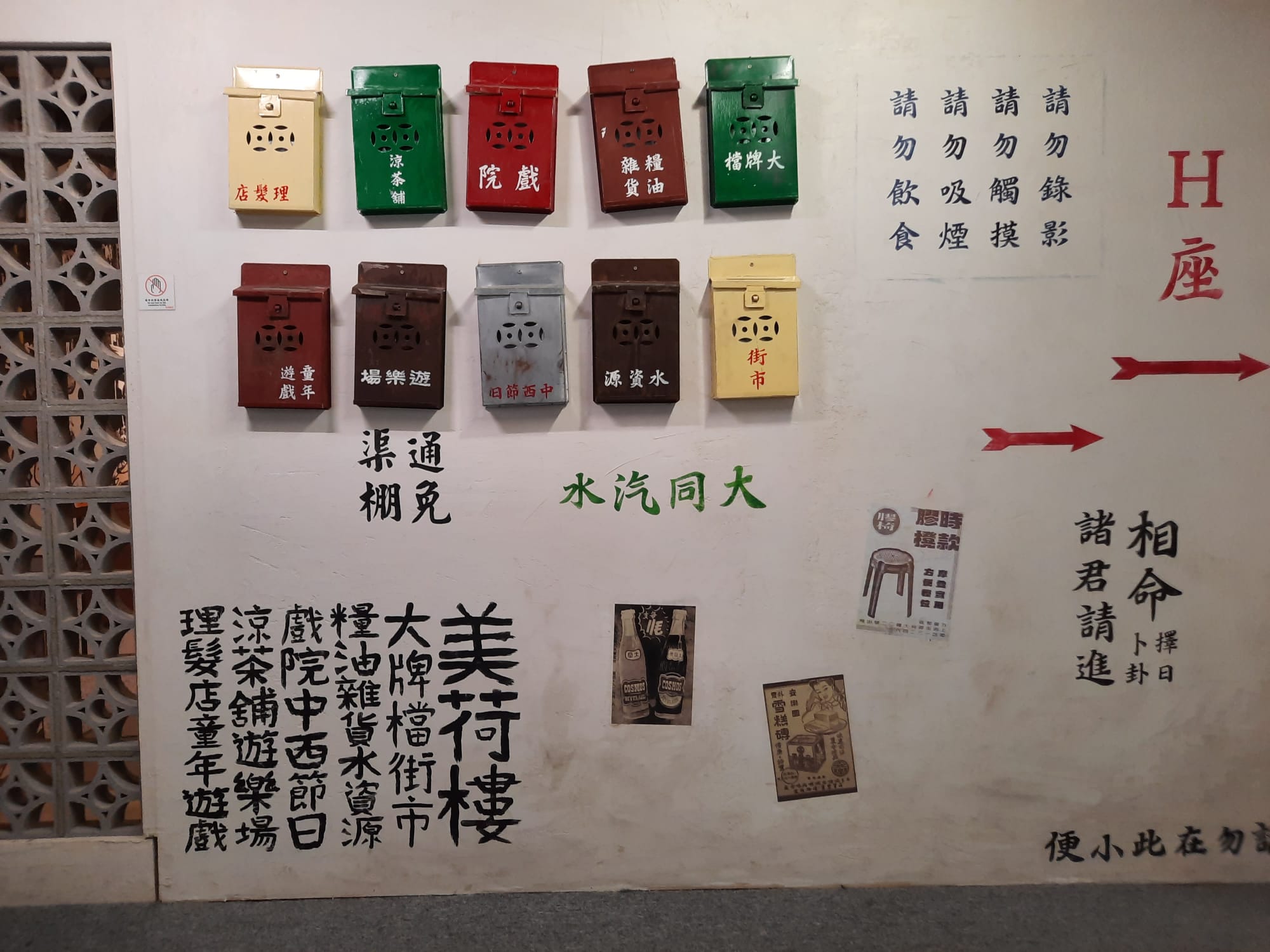Exploring Hong Kong’s Heritage II: Heritage of Mei Ho House & Lei Cheng Uk Han Tomb Museum
Continuing our look at Hong Kong’s rich heritage, these two museums (Heritage of Mei Ho House and Lei Cheng Uk Han Tomb Museum) together tell the story of the beginnings of Hong Kong’s public housing programme. Learn how a fire was the catalyst for change, and for unexpected archaeological discoveries along the way.
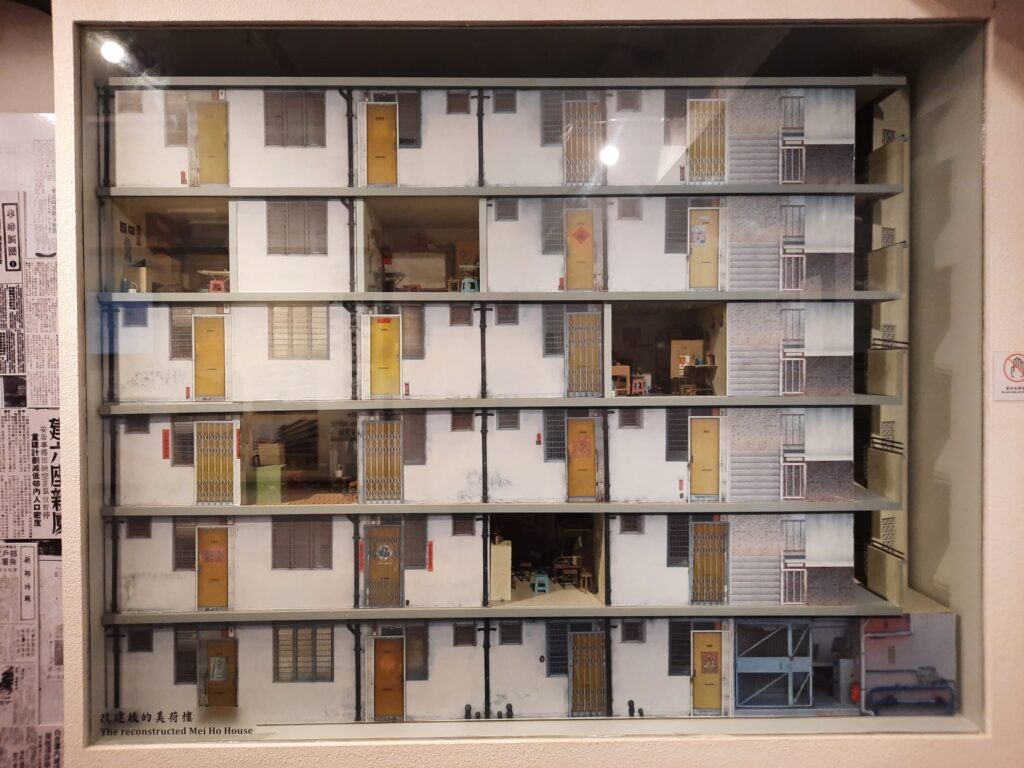
The Shek Kip Mei Fire and Hong Kong’s Public Housing
Today we continue our series getting under the skin of Hong Kong and its ultra-modern skyline, and seeking out places that tell us about the unique history and ways of life of this small territory. Last time we looked at traditional life in clan villages on the Ping Shan Heritage Trail. Today we go simultaneously back and forward in time from that period, from the Han Dynasty period to the 1950s.
It’s the story of Hong Kong’s public housing which brings us here. Today, about half of Hong Kong’s population live in public housing. This is a mix of apartments with subsidised rents, and properties for sale with certain restrictions. There are long waiting lists and constant pressure to increase the housing stock, but it’s still a substantial public investment and a way to ensure locals on lower incomes can find safe and secure housing.
But it wasn’t always like this. If we go back to the early 1950s, the residents of Hong Kong did not have these protections. In fact, many of those who had fled Mainland China as refugees lived in large shanty towns. There had been political discussion about what to do, but the economy was bad and so the answer was nothing.
That changed in December 1953 with the Shek Kip Mei Fire. An accident involving a kerosene stove set a shanty town alight. By the time it was put out, over 53,000 people were homeless (and two dead). Not possible to ignore the issue any more, then, and Governor Alexander Grantham, who had previously proposed housing schemes, used this as the catalyst to push through change.
Our first stop today, Heritage of Mei Ho House, is the last surviving original building from the Shek Kip Mei Estate. The first buildings opened here in 1954, less than a year after the fire. Our second stop is more tangential but equally interesting. In levelling a hill for more resettlement buildings in 1955, workers discovered a Han Dynasty tomb. Both museums are free to visit and within walking distance of each other. If anyone is inspired by today’s post to continue learning about housing in Hong Kong I recommend adding a third stop, Kowloon Walled City Park, which I’ve visited before but not on this trip.
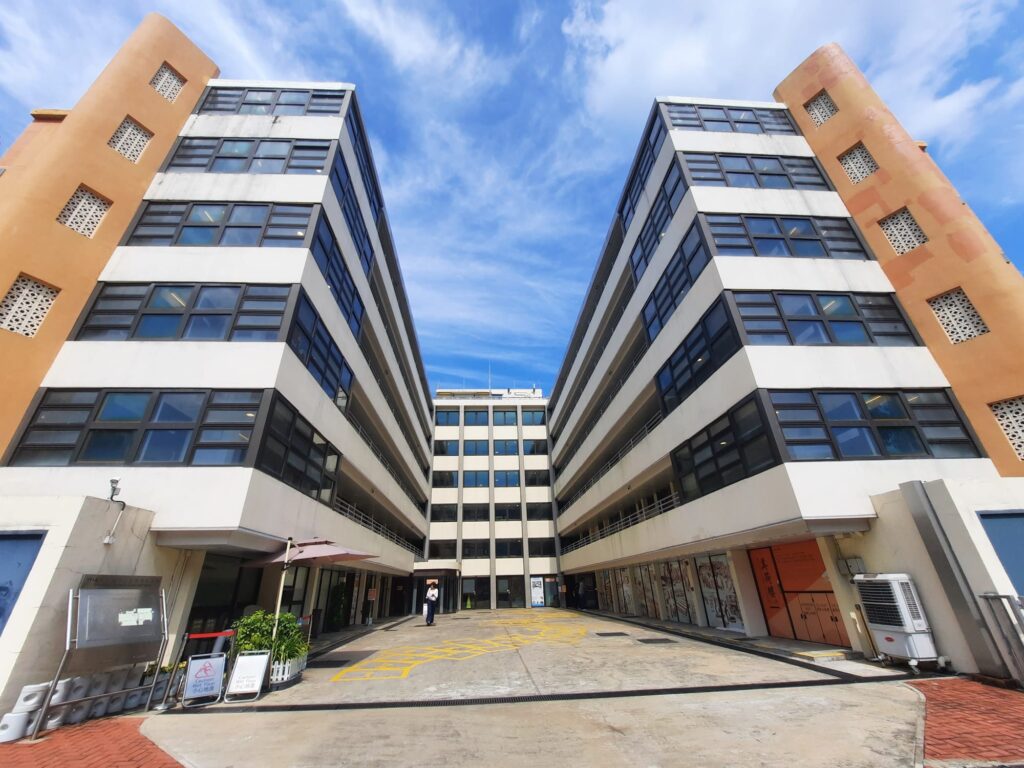
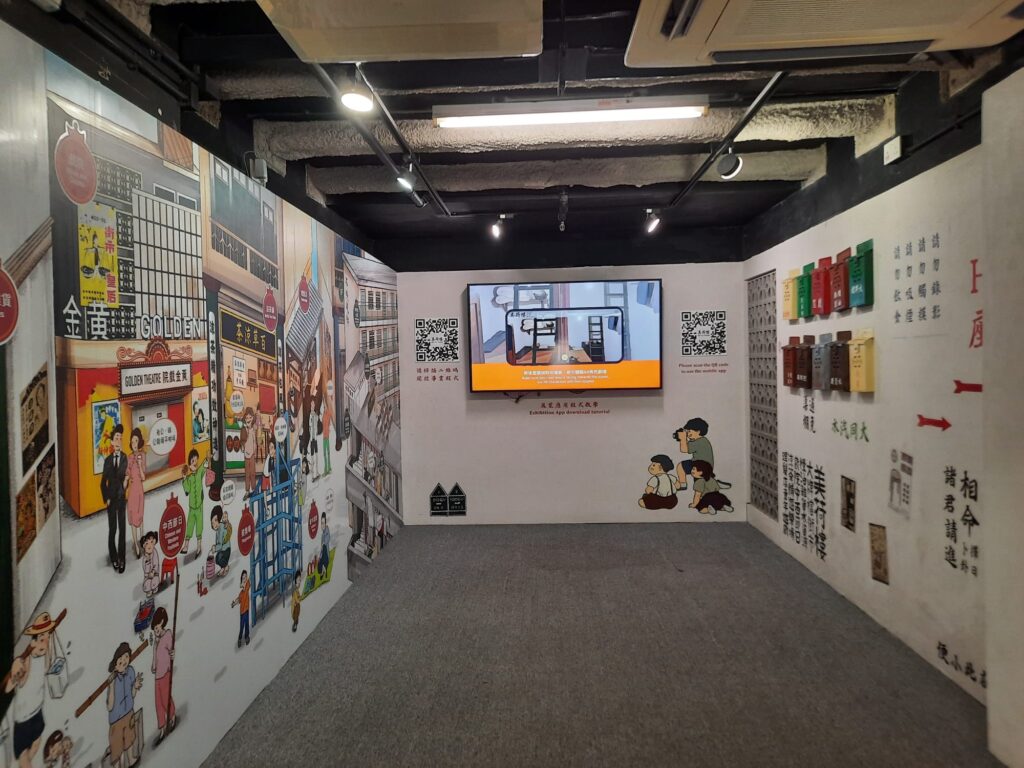
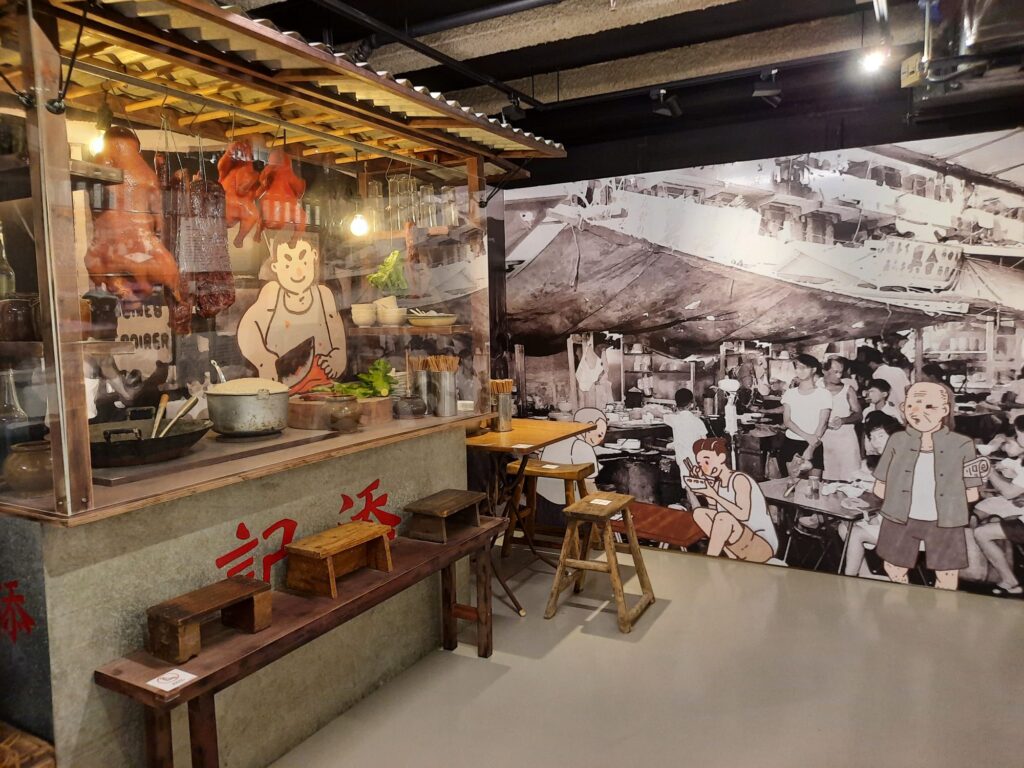
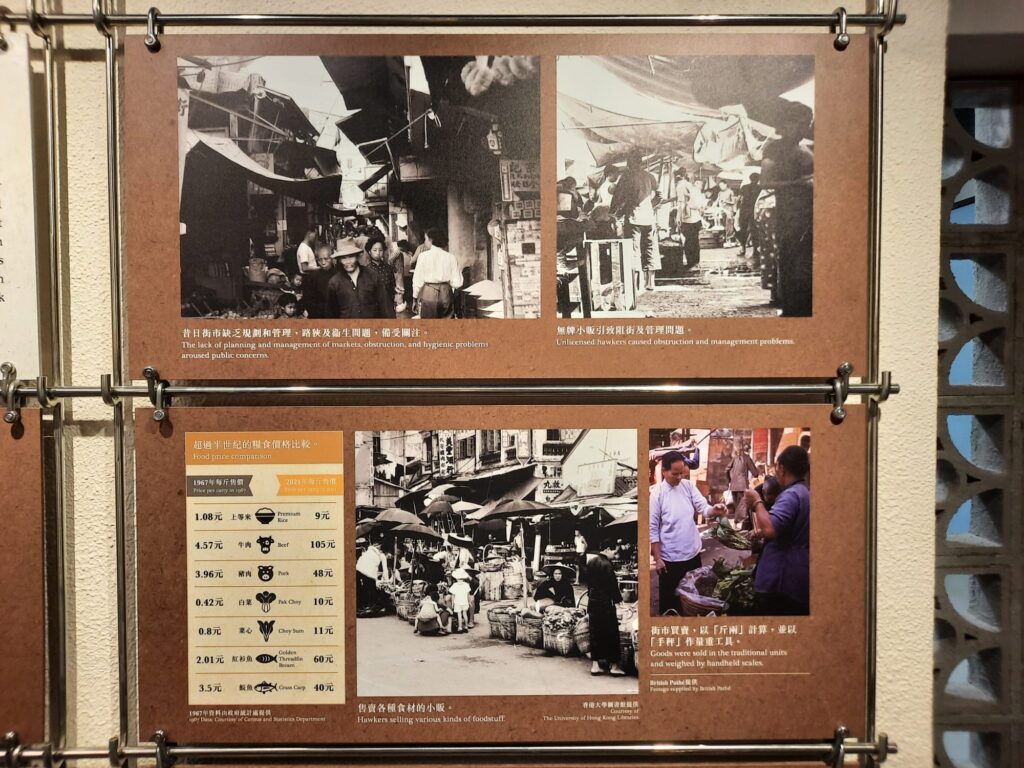
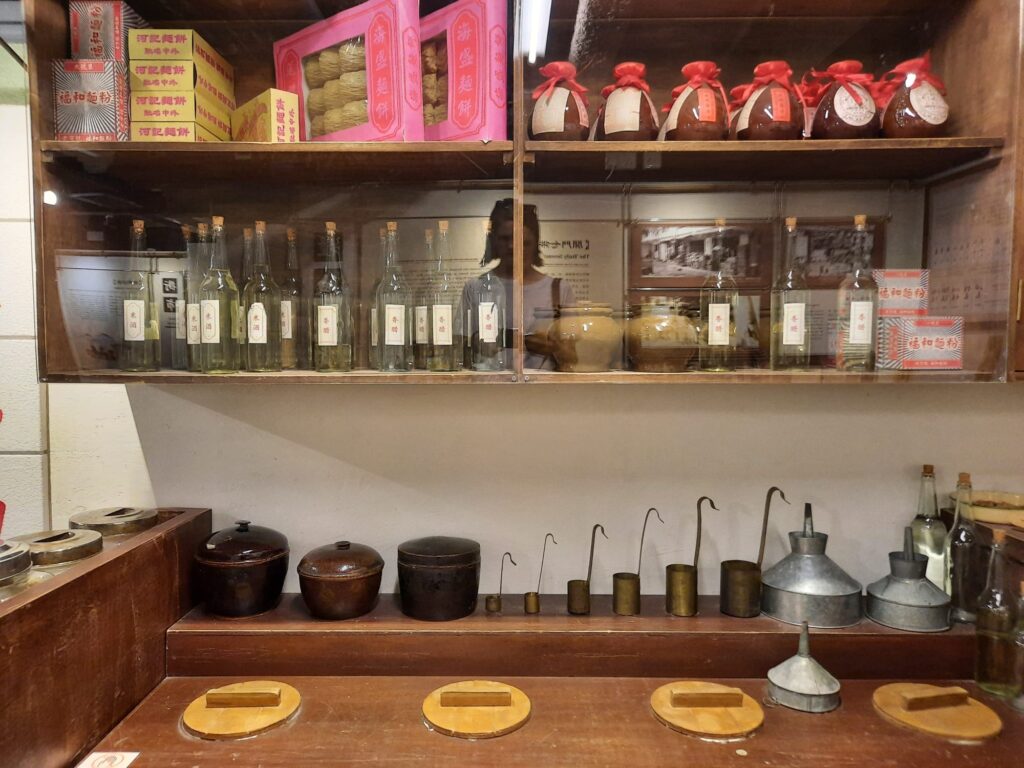
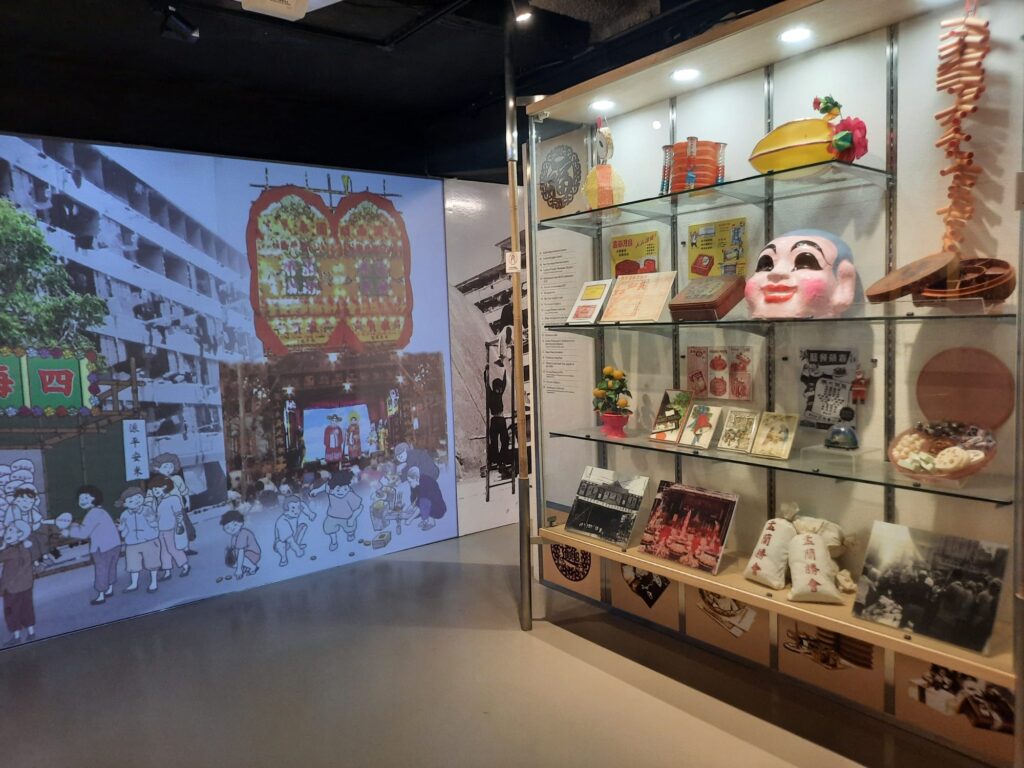
Heritage of Mei Ho House: Hong Kong’s Oldest Public Housing Building
As I mentioned, Mei Ho House is the only remaining block from Hong Kong’s first public housing development, built in direct response to the Shek Kip Mei Fire. There were originally eight similar blocks in the Shek Kip Mei Estate. They’re what’s known as Mark I Blocks, or ‘H’ Blocks (because of their design). Originally the housing they provided was very simple. Families had a modest amount of space, with communal bathroom facilities linking the two wings. The assumption was that cooking would take place outside on the walkways, so it was undoubtedly sociable if not always comfortable.
The designs for Hong Kong’s public housing changed over the decades in line with expectations and technical advancements. Adding lifts from the 1970s allowed the buildings to grow in height. Shared sanitary facilities became a thing of the past. Mei Ho House (which was originally Block H and later Block 41) underwent several renovations to keep up. These changed the make-up and use of the space. For instance, incorporating private bathrooms meant each apartment needed to be bigger, so over time the number of families living here shrank.
Public housing residents continued to live here until 2005. By this time the Shek Kip Mei Estate needed complete redevelopment to meet current demand for space and living standards. Mei Ho House was preserved as a record of the very first phase of public housing, and got Grade I listed status. Interestingly, the method of its preservation meant this status was later lowered to Grade II. Mei Ho House is an example of public/private partnership. It opened as a youth hostel and heritage centre, following renovations, in 2013. I assume it’s the changes to facilitate running it as a youth hostel that altered the status.
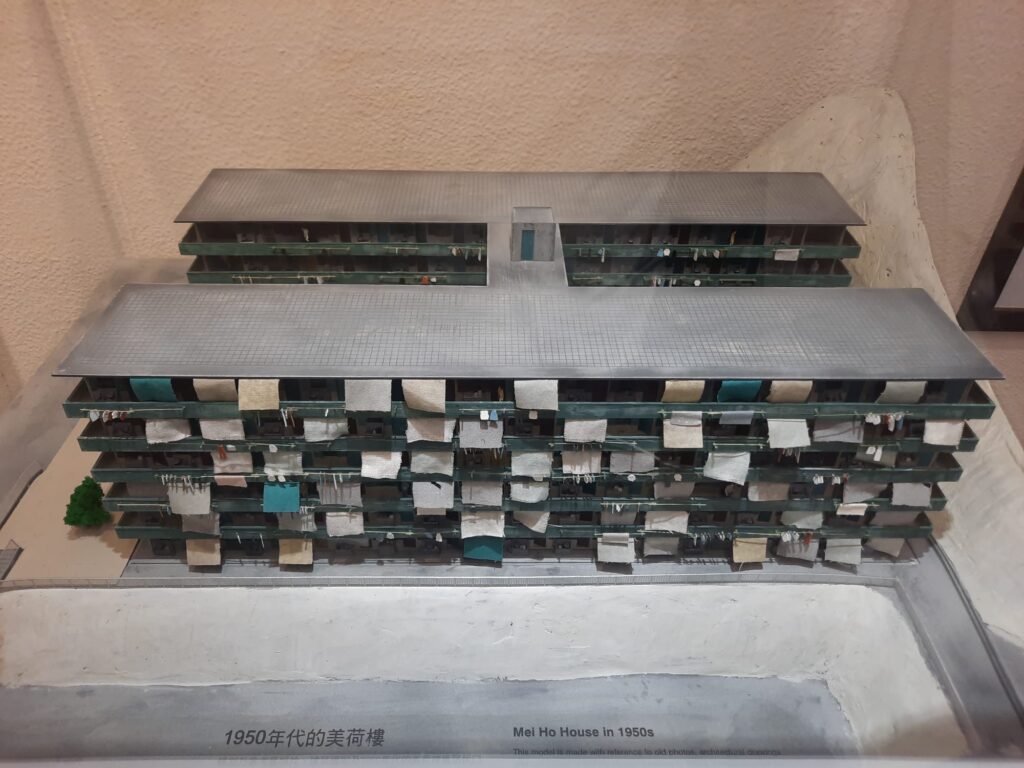
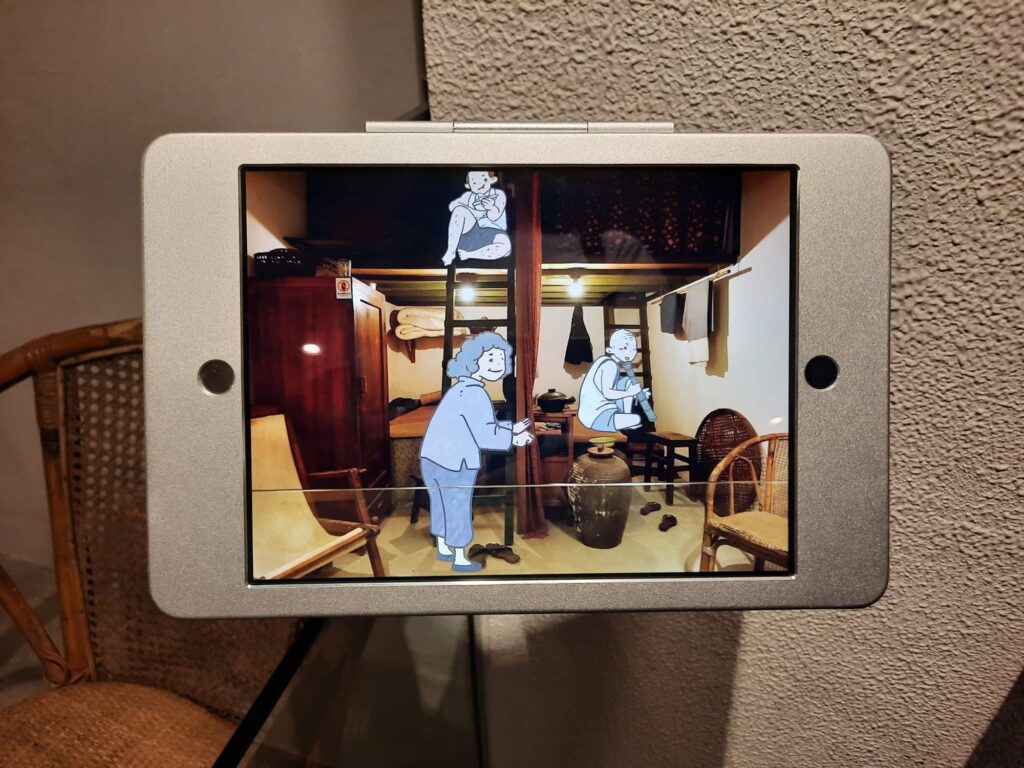
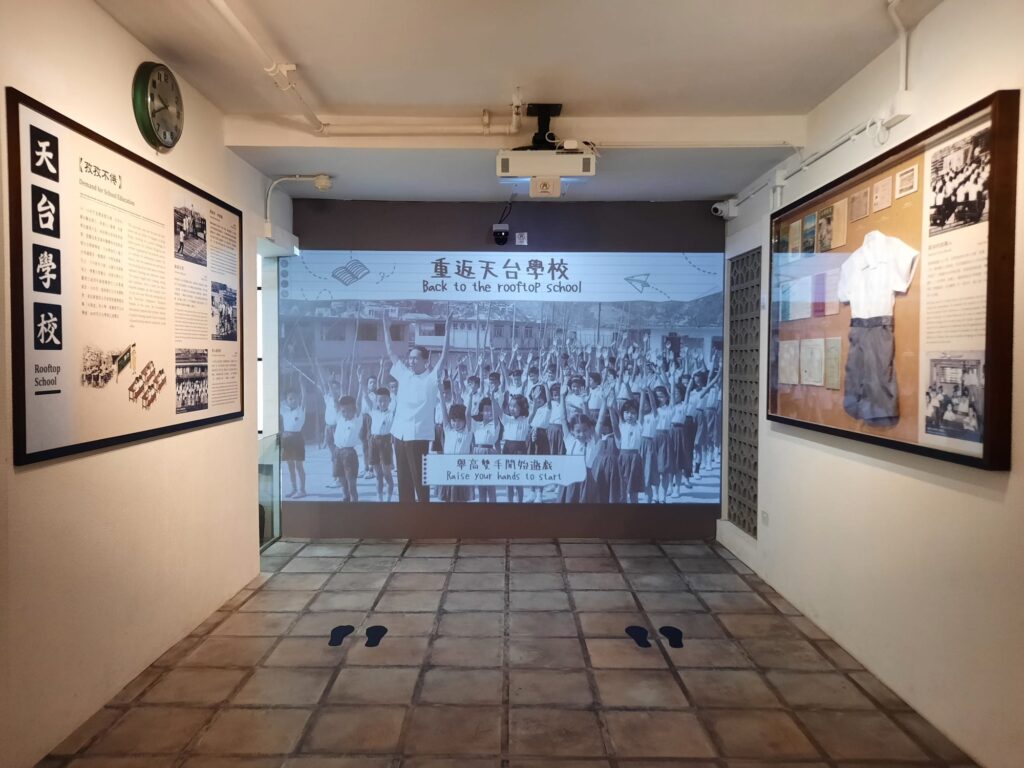
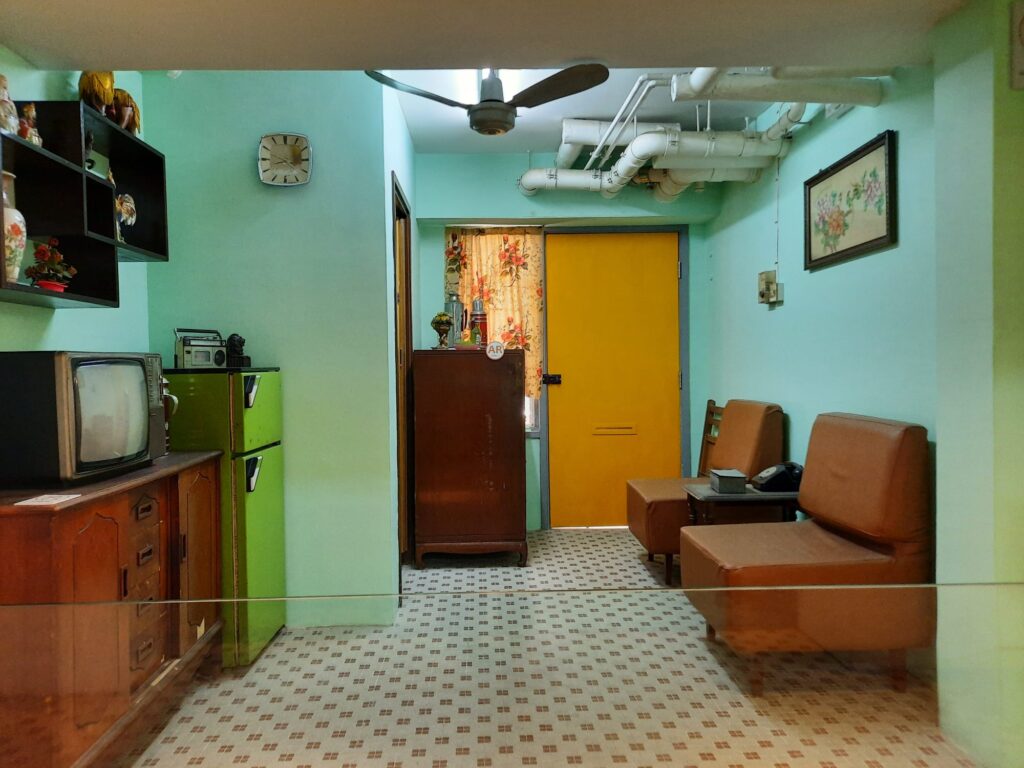
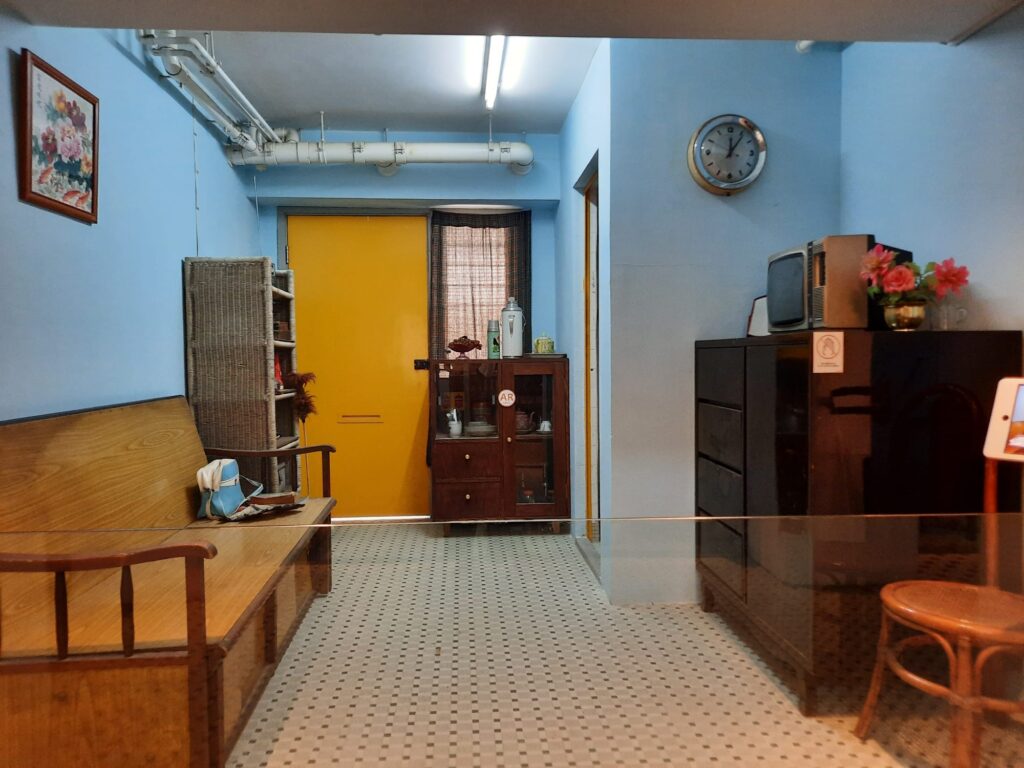
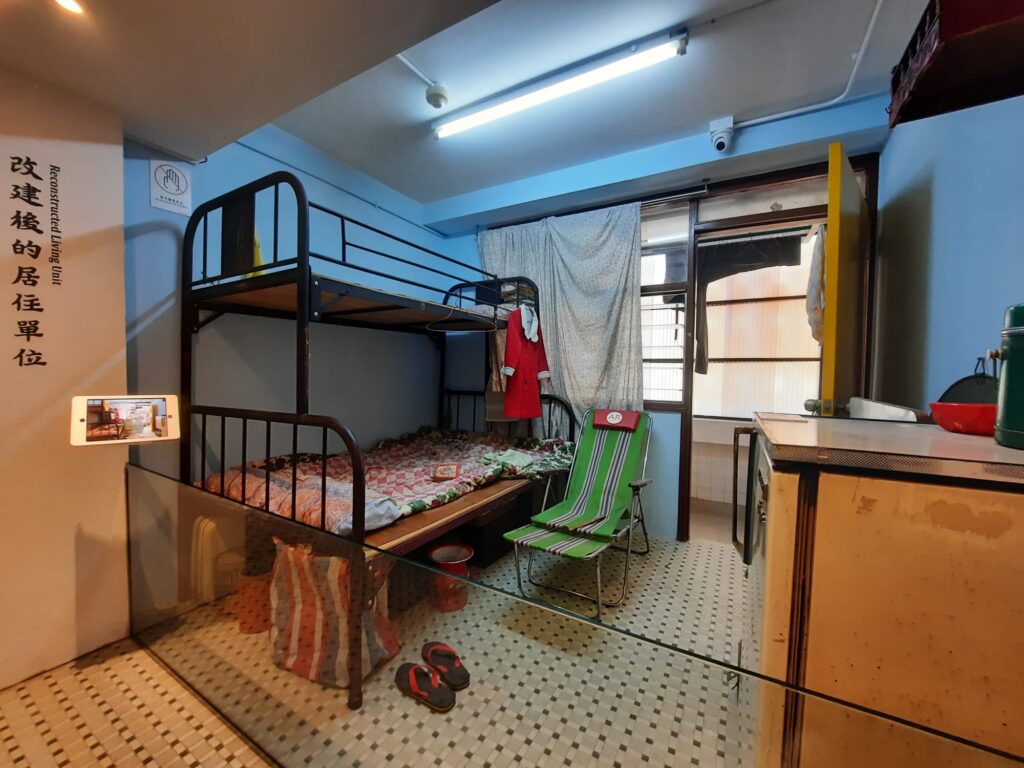
Heritage of Mei Ho House: Tangible and Intangible
The ground floor heritage centre at Mei Ho House is relatively easy to locate. It’s free to enter as I mentioned. There was no reception or staff in evidence: visitors guide themselves unless they book onto a regular guided tour.
Heritage of Mei Ho House works very hard to preserve not just tangible but also intangible heritage. These early public housing developments came with rules and regulations that had an effect on surrounding neighbourhoods and daily life: replacing street vendors with markets and shops, for instance. But it’s a way of life that has come and gone. Heritage of Mei Ho House uses a blend of recreations, games, augmented reality and interviews to imaginatively reconstitute this world.
Just as it was in reality, the ground floor is about public life. Different bays tell the story of different types of businesses (grocers, barbers, restaurants, etc.). Original objects mix with props, and anecdotes from former residents bring the scenes to life. Upstairs it’s all about private life within the apartments. The bays now contain scenes from different periods – from the early days of shared facilities to relative post-renovation comfort. Again personal stories bring it all to life, as do augmented reality characters if you download an app.
As a complete outsider, I felt Heritage of Mei Ho House gave me an unprecedented look at life behind the scenes in Hong Kong. The museum does a good job of telling stories with only a few primary objects. It also balances the needs of visitors like me and Hong Kong residents who want to remember or learn more about their city’s past. If you’re in Kowloon and fancy seeing something a little bit different, this is well worth a stop.
Salterton Arts Review’s rating: 3.5/5
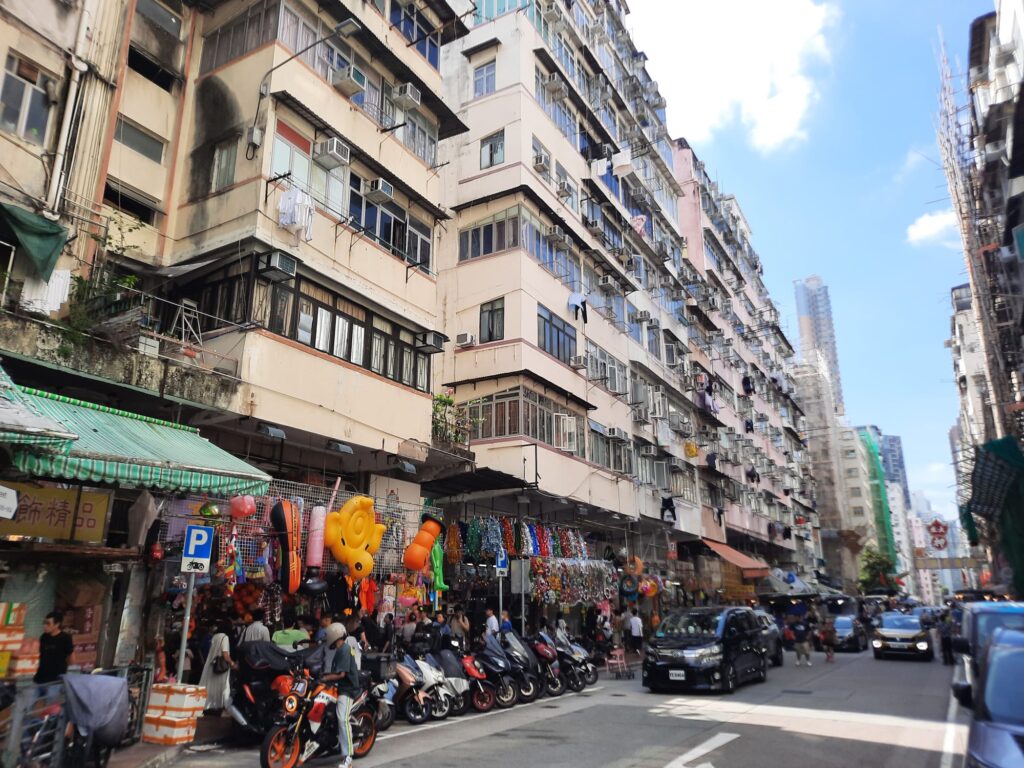

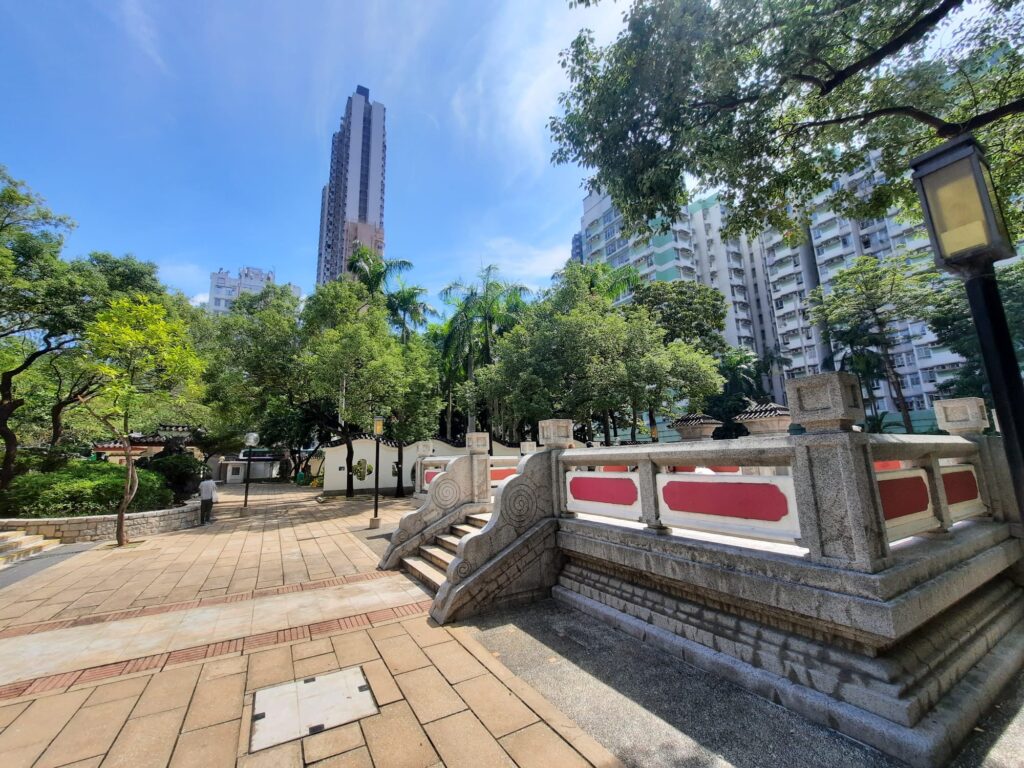
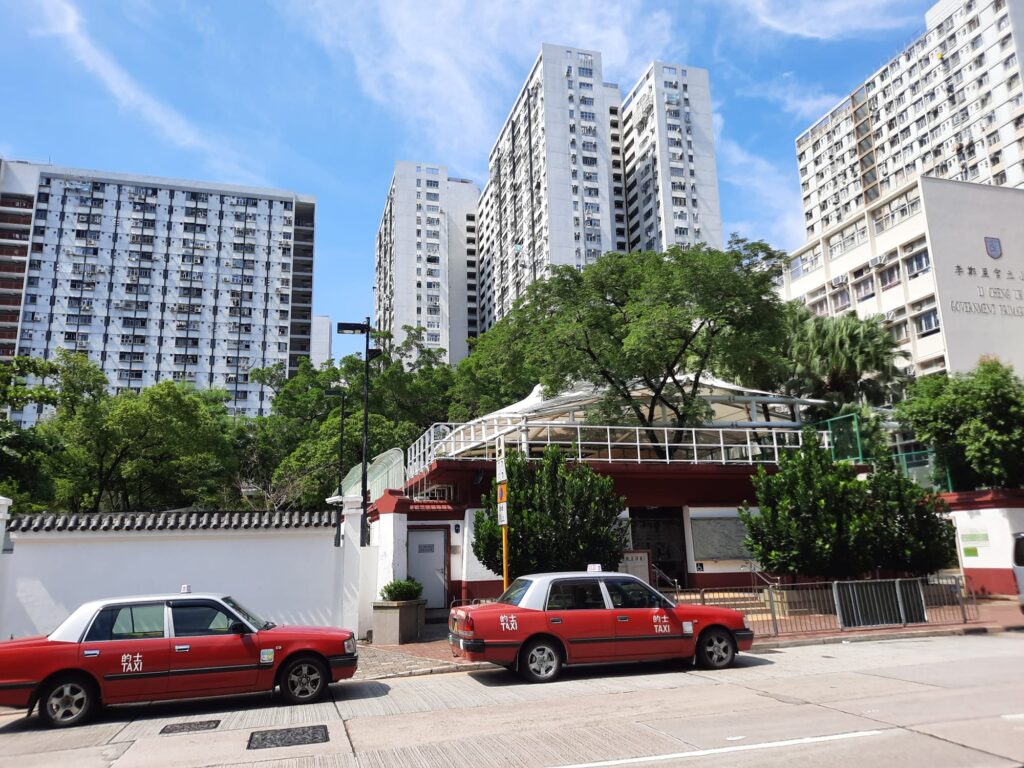
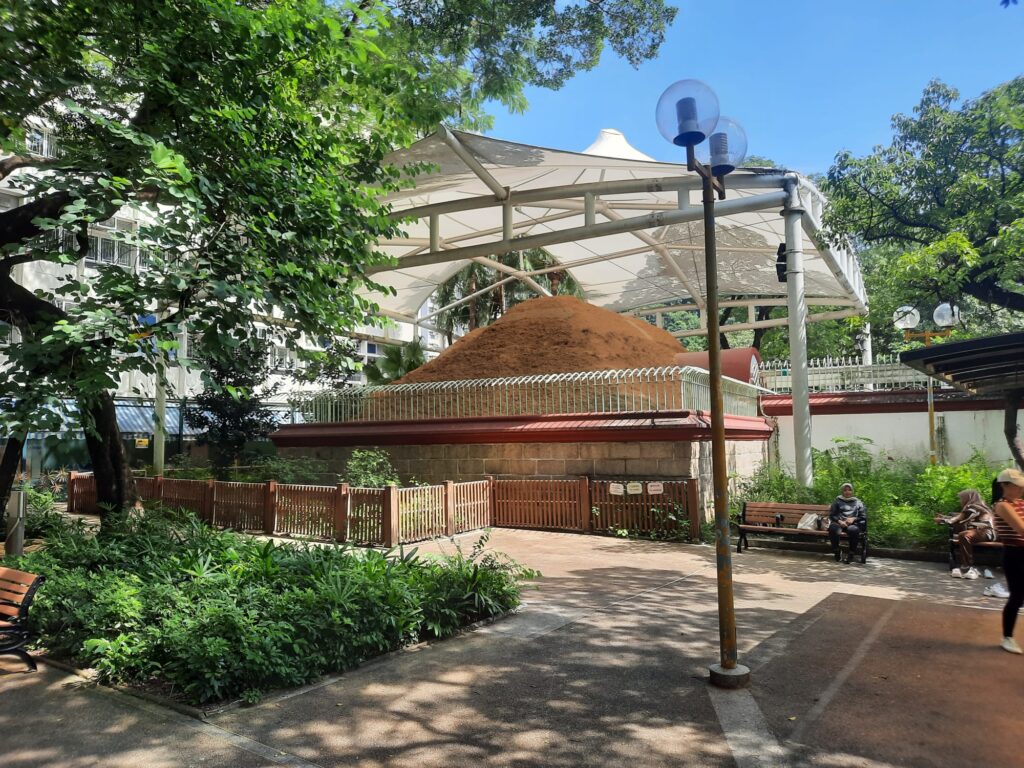
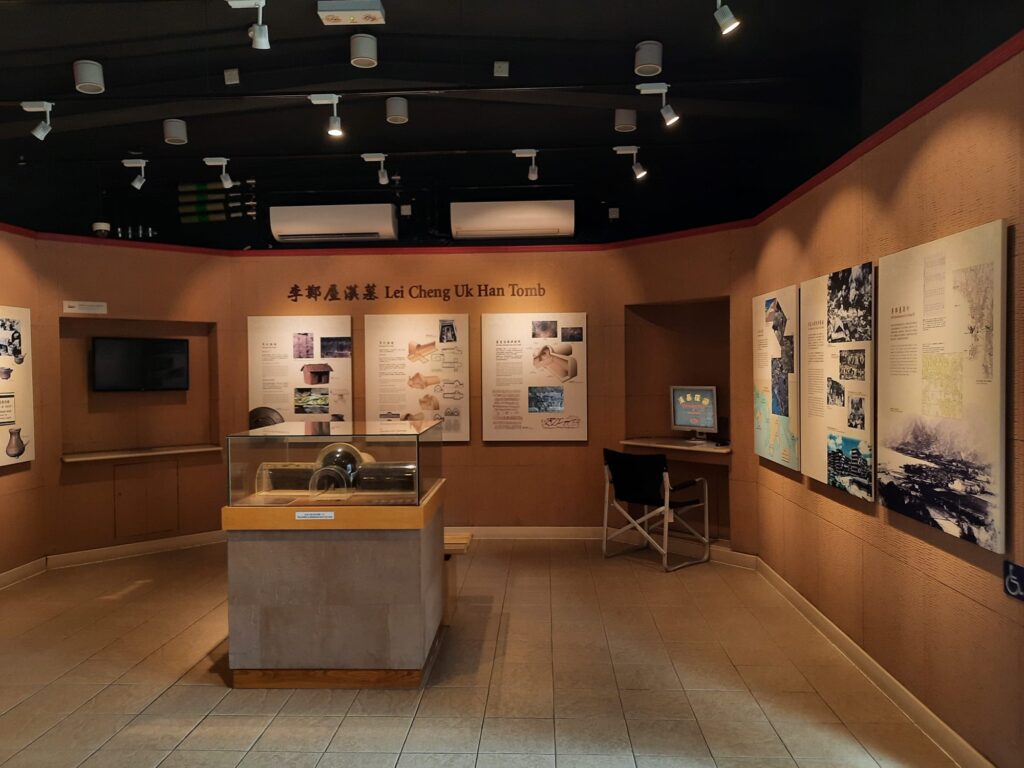
Lei Cheng Uk Han Tomb Museum: Before Hong Kong was Hong Kong
Having finished at Heritage of Mei Ho House, we are now a short (but steep) walk away at Lei Cheng Uk Han Tomb Museum. Let’s break down the title, first of all. The housing estate we’re in is Lei Cheng Uk. The tomb the workers discovered in 1955 was from the Han Dynasty. And it’s a museum. There we go.
The tomb had lain undiscovered for almost two millennia before Hong Kong’s public housing project necessitated the levelling of a hill in for the Lei Cheng Uk Resettlement Area in 1955. The importance of the discovery quickly became apparent. Archaeologists from Hong Kong University arrived to secure, excavate and study it, and there was huge public interest as well.
What the archaeologists learned was that the tomb was likely from the Eastern Han Dynasty (25-220 CE) or possibly the Southern Dynasties period (420-589 CE). You might recall from my last post that the main activity in Hong Kong at that time was salt production. No body remained within, but the tomb was likely that of a Chinese officer from the local garrison. It’s built of bricks, with a domed vault and four chambers in the shape of a cross. Many of the bricks are patterned or inscribed. It’s likely that one chamber was for burial, others for storage, and the front chamber for rituals. The layout and burial objects are similar to other Han Dynasty tombs.
The tomb, along with an exhibition hall, opened to the public in 1957. It is a protected monument under the Antiquities and Monuments Ordinance. Methods of preserving it have changed over the years, however. In order to ensure the tomb’s preservation, public access to it has not been possible since the 1980s. A concrete shell over the tomb began to cause flooding and structural issues, and there was a project to replace it with a canopy in 2005. 3D laser scanning provides further protection of the information contained within the Lei Cheng Uk Han Tomb.
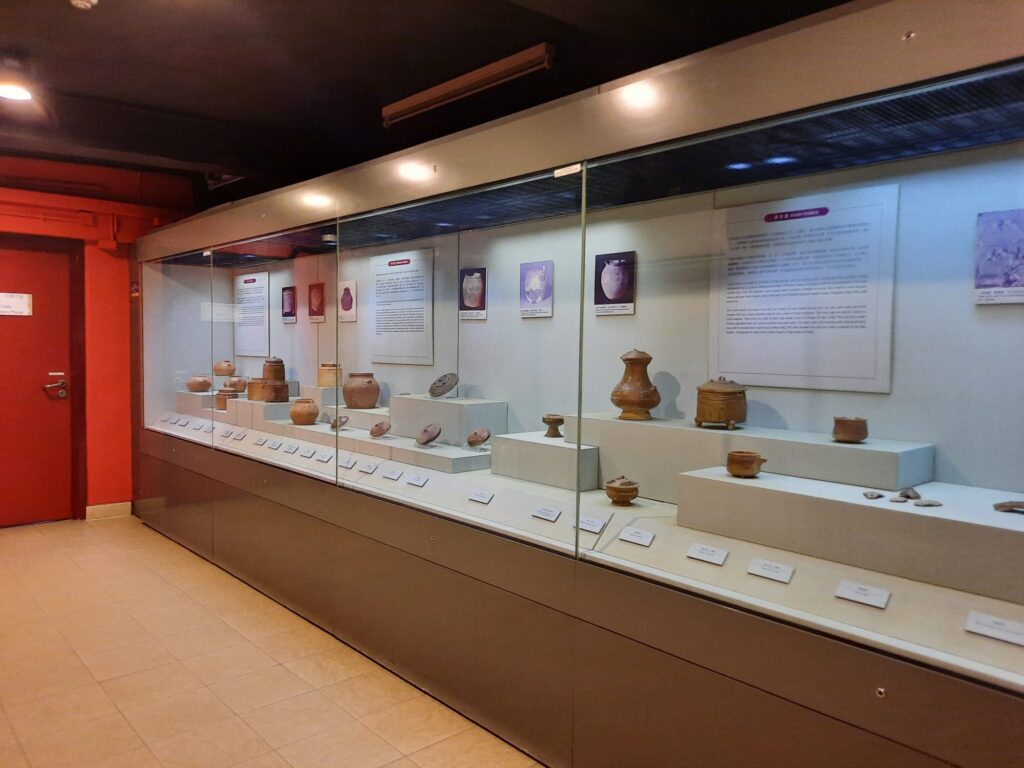
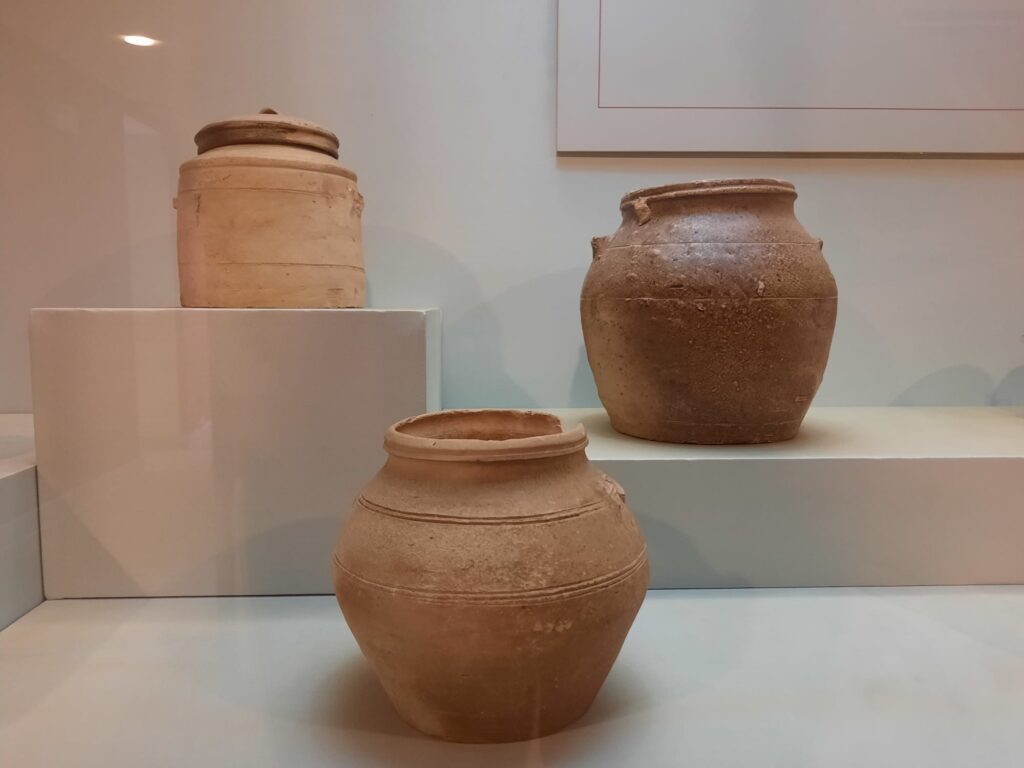
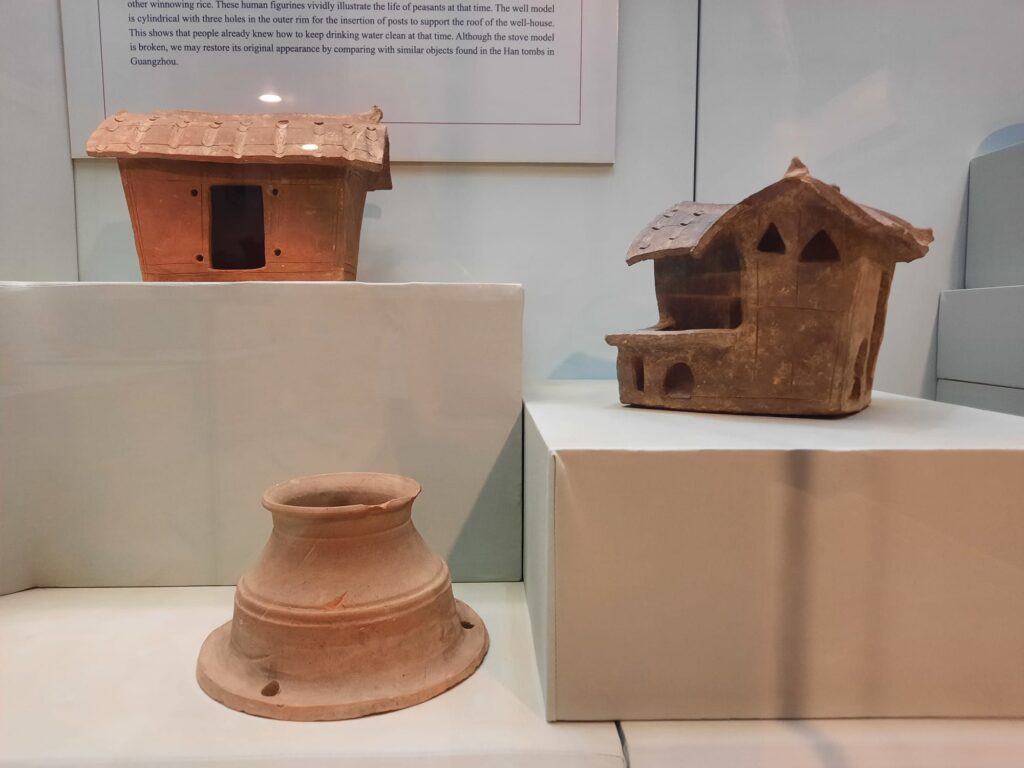
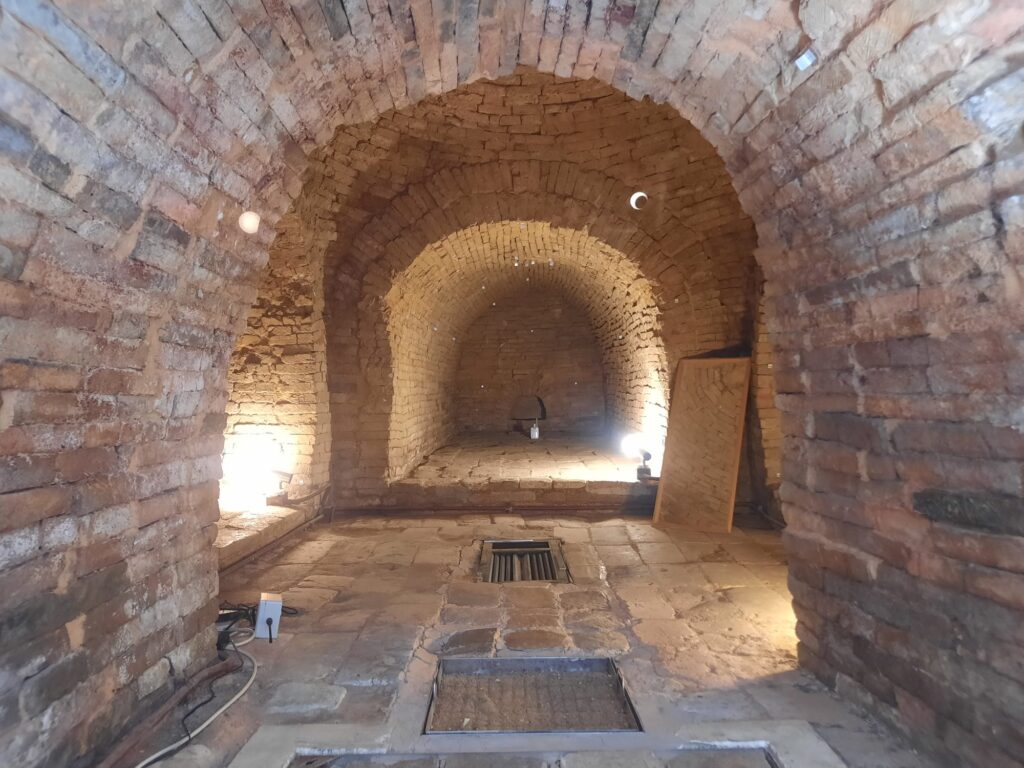
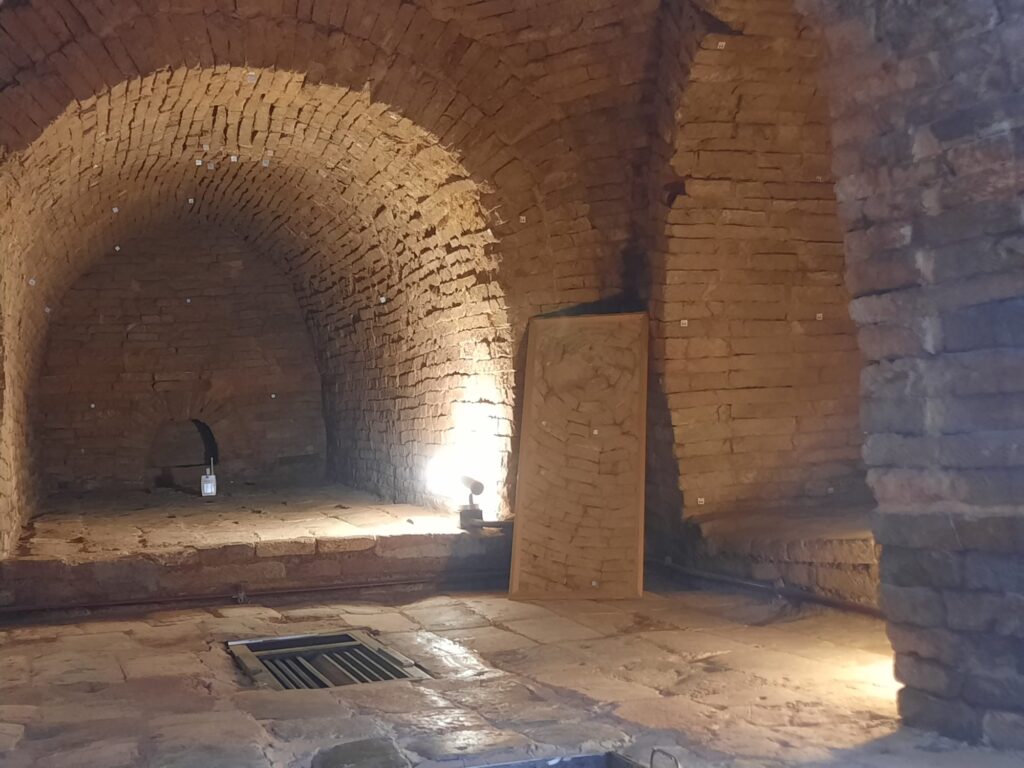
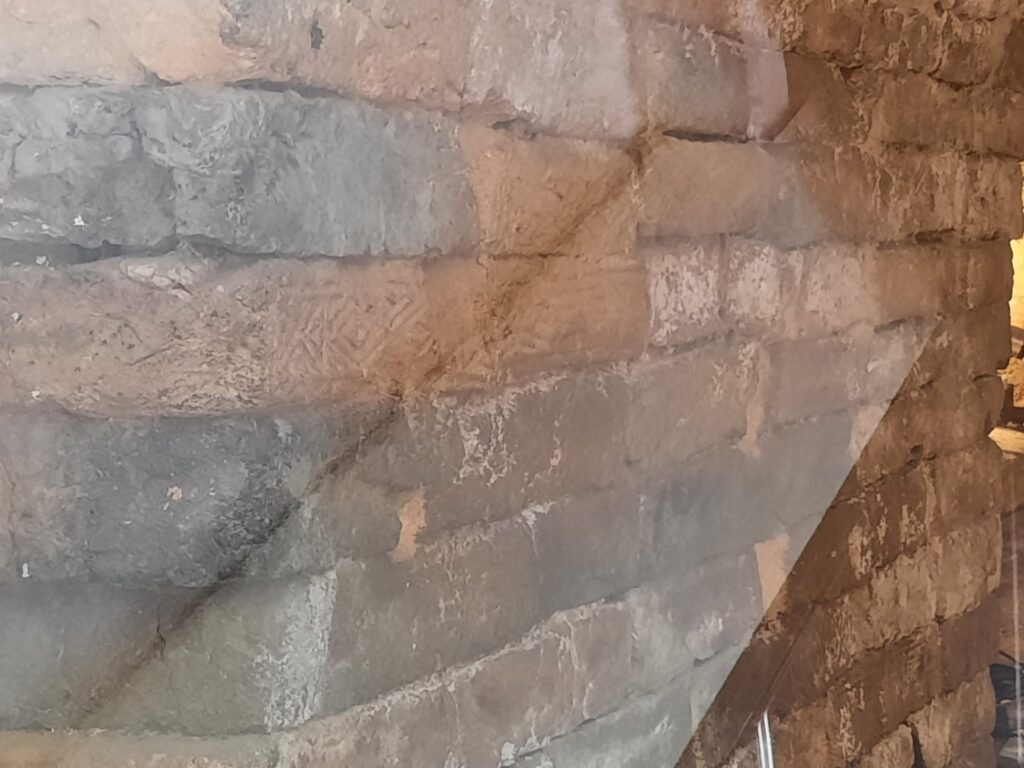
Lei Cheng Uk Han Tomb Museum: Interpretation and Preservation
Firstly, please let me say this museum is the more modest of the two we’re exploring today. If you must choose one, I believe Heritage of Mei Ho House is a safer bet. Unless you love archaeology like I do, of course. Don’t rule out seeing both as they’re free and can be seen in less than two hours all up, including the walk.
Lei Cheng Uk Han Tomb Museum is set within a public park which recreates a Han garden. You can’t see much from the outside, apart from a mound of dirt under a canopy. Inside, you first visit the exhibition hall before taking a peek at the tomb itself. The introductory room contains information which situates the tomb in terms of its history, the context of Hong Kong in the Han period, and the tomb’s discovery. An adjoining room contains the finds from the tomb with information panels. You’ll see examples of pottery, primarily, as well as bronze objects. They’re a mix of practical (storage vessels) and ritual (eg. pottery models of houses). Not the most exciting of finds, but a good bit of context.
Then it’s time for the tomb. You head out the back of the museum, and up some stairs. Pulling back a curtain, you find a small viewing platform. The tomb is in an odd state of preservation: the viewing window almost seems to cut off one chamber, and there are large drains in the floor. It’s interesting to see the scale and shape of it though. And a mirror allows you to see the domed central vault as well.
So as I say, a visit to this second museum is short but sweet, and of interest mostly to committed archaeology-philes. As a historic anecdote, I think the Lei Cheng Uk Han Tomb Museum tells us something about the unprecedented change to Hong Kong’s landscape that accompanied its burgeoning public housing programme. Who would have thought that a fire in a shantytown would lead to this interesting discovery, as well as to all the social change that’s happened since?
Salterton Arts Review’s rating: 3/5
Trending
If you see this after your page is loaded completely, leafletJS files are missing.

